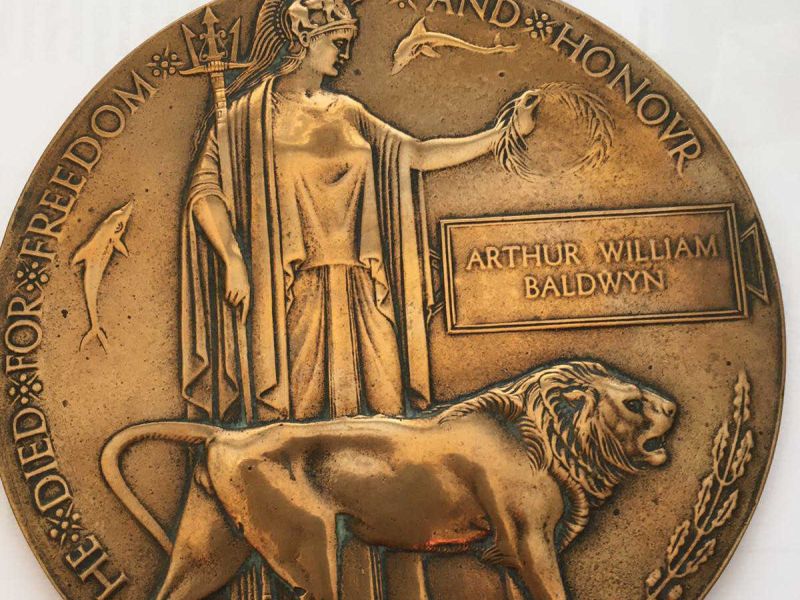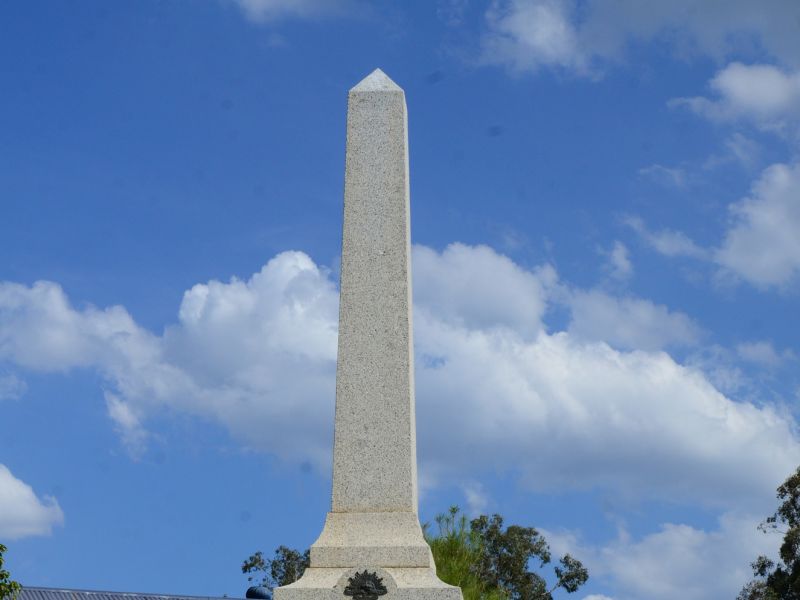Arthur William Baldwyn
Arthur was born in May, 1891, to Frank and Florence (née Teale) Baldwyn of Conderton, Tewkesbury, England. He would be one of nine siblings, two of whom would die during World War 1.
On the 29th of August, 1913, along with his older brother Harry, he boarded the Orient Steamship Otway and sailed to Australia hoping to find work. During the next few years, Arthur would work as a labourer in the Corryong and Tallangatta districts.
One of his younger brothers, Frederick, a Private in the 1st/4th Battalion of the Hampshire Regiment, was killed in action on the 21st of January, 1916, while fighting in Mesopotamia with his Regiment. At the age of 25, Arthur enlisted on the 31st of January, 1916, in Melbourne. He would become a member of the 2nd Reinforcements for the 2nd Pioneer Battalion, embarking on HMAT A60 Aeneas at the Port of Melbourne on the 8th of April, 1916. After a brief stop at Alexandria he sailed on the Corsican and arrived at Plymouth on the 11th of June. On the 29th of July he was taken on strength with the 2nd Pioneer Battalion in France.
On August the 5th of that same year, Arthur received a gunshot wound to his left arm. After receiving initial treatment for his wound, he was taken to the 4th Australian General Hospital and then finally to England, via the Hospital Ship Newhaven. After he had recovered from his wounds he was sent to No. 1 Command Depot at Perham Downs. In November he was charged with being absent without leave. For this offence, in which he had been absent for 11 hours, he was awarded seven days confined to barracks and forfeited one day's pay.
He was posted to the Pioneer Training Battalion at Perham Downs in late November. On the last day of 1916, he embarked on a troopship at Folkstone and arrived at the 2nd Australian Divisional Base Depot at Etaples. On the 20th of January he was admitted to the Segregation Camp at Etaples, although there is no reason for his admittance in his records.
1917 would see the 2nd Pioneer Battalion involved in every engagement undertaken by the 2nd Australian Division. This would include the capture of Thilloys, Bapaume, Lagnicourt, Bullecourt and Menin Road.
On the 25th of September, Arthur was a member of a group of pioneers planking the Bellewaarde Circuit Road and maintaining the Menin Road. During this time the area was being heavily shelled by German artillery. Arthur received a shrapnel wound to his head and left leg. He was immediately taken to the 6th Australian Field Ambulance and then moved on to the 10th Casualty Clearing Station where, unfortunately, he succumbed to his wounds on the following day. Arthur was buried in the Lijssenthoek Military Cemetery, Belgium.
His older brother Harry, whom he had emigrated to Australia with, enlisted in the Australian Military Forces in July of 1918. However, he was discharged in December of that year, not having served overseas.
Arthur is remembered on the Australian War Memorial Roll of Honour, and the Corryong War Memorial (spelt Baldwin). For his service during the First World War, he was awarded the British War Medal and the Victory Medal.
The year after William’s death, his mother, who still lived at Fleet Farm in Berkshire, wrote to Base Records in Melbourne. In 1919, the Major who received her letter forwarded her information to the Deputy Commissioner of Pensions in Melbourne. Her letter included the following; “... also I should be glad if the State could give me if only a small pension as I was more or less dependent on my son, having a husband very delicate and with only one arm. … I have already lost two sons, and the other one as enlisted this last year out in Australia …”
There are no records showing that Florence ever received a pension from the Australian Government. Her husband, Frank, passed away in 1926, while Florence died in 1949.

 Stephen Learmonth
Stephen Learmonth